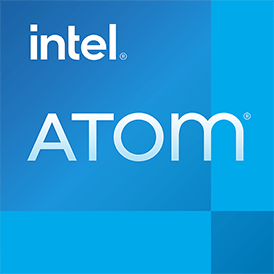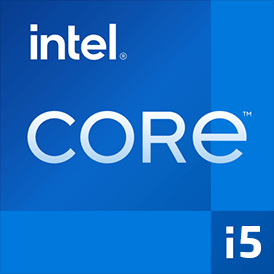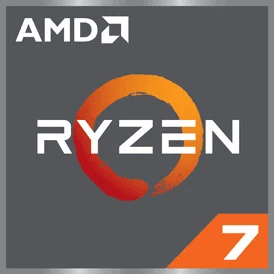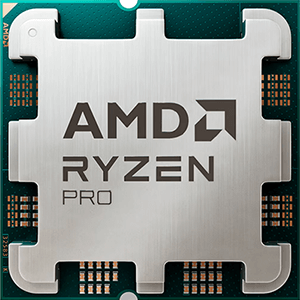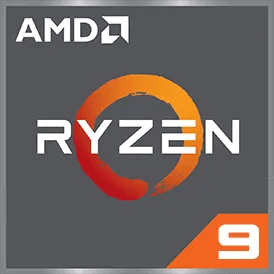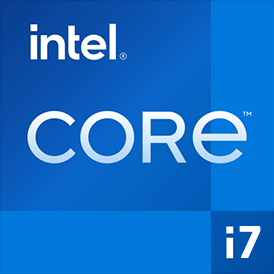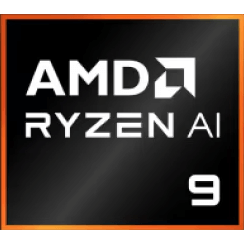Intel Atom x7 Z8750 vs Intel Core i5 11400H
We compared two laptop CPUs: Intel Atom x7 Z8750 with 4 cores 1.6GHz and Intel Core i5 11400H with 6 cores 2.2GHz . You will find out which processor performs better in benchmark tests, key specifications, power consumption and more.
Main Differences
Intel Atom x7 Z8750 's Advantages
Lower TDP (2W vs 45W)
Intel Core i5 11400H 's Advantages
Released 5 years and 4 months late
Integrated graphics card
Higher specification of memory (3200 vs 1600)
Larger memory bandwidth (51.2GB/s vs 25.6GB/s)
Newer PCIe version (4.0 vs 2)
Higher base frequency (2.7GHz vs 1.6GHz)
Larger L3 cache size (12MB vs 6MB)
More modern manufacturing process (10nm vs 14nm)
Score
Benchmark
Geekbench 6 Single Core
Intel Atom x7 Z8750
195
Intel Core i5 11400H
+848%
1849
Geekbench 6 Multi Core
Intel Atom x7 Z8750
567
Intel Core i5 11400H
+831%
5279
General Parameters
Jan 2016
Release Date
May 2021
Intel
Manufacturer
Intel
Laptop
Type
Laptop
-
Instruction Set
x86-64
Cherry Trail
Core Architecture
Tiger Lake H45
-
Processor Number
i5-11400H
UTFCBGA1380
Socket
BGA-1787
Intel HD Graphics 405 Mobile
Integrated Graphics
UHD Graphics for 11th Gen (16 EU)
Atom (Cherry Trail)
Generation
-
Package
14 nm
Manufacturing Process
10 nm
2 W
Power Consumption
35-45 W
-
Peak Operating Temperature
100 °C
Intel
Foundry
-
CPU Performance
-
Performance Cores
6
-
Performance Core Threads
12
1.6 GHz
Performance Core Base Frequency
2.2-2.7 GHz
2.56 GHz
Performance Core Turbo Frequency
4.5 GHz
4
Total Core Count
6
4
Total Thread Count
12
100 MHz
Bus Frequency
100 MHz
16
Multiplier
22-27x
96 KB per core
L1 Cache
96 K per core
2 MB shared
L2 Cache
1280 K per core
6 MB shared
L3 Cache
12 MB shared
No
Unlocked Multiplier
No
1
SMP
-
Memory Parameters
LPDDR3-1600
Memory Types
DDR4-3200
8 GB
Max Memory Size
128 GB
2
Max Memory Channels
2
25.6 GB/s
Max Memory Bandwidth
51.2 GB/s
No
ECC Memory Support
No
Graphics Card Parameters
-
Integrated Graphics
true
200 MHz
GPU Base Frequency
350 MHz
600 MHz
GPU Max Dynamic Frequency
1450 MHz
-
Shader Units
128
-
Texture Units
16
-
Raster Operation Units
8
16
Execution Units
16
-
Power Consumption
15 W
-
Graphics Performance
0.382 TFLOPS
